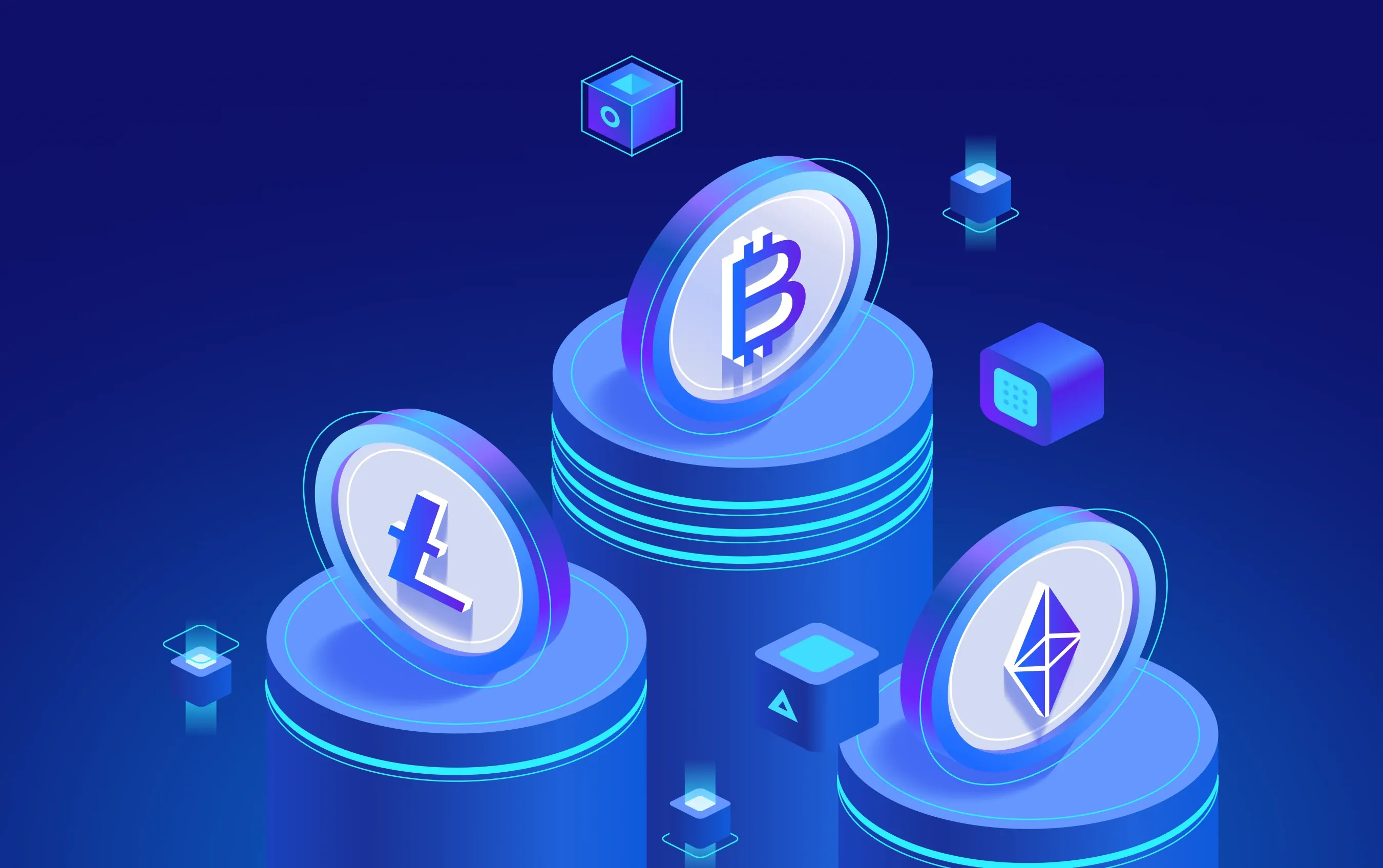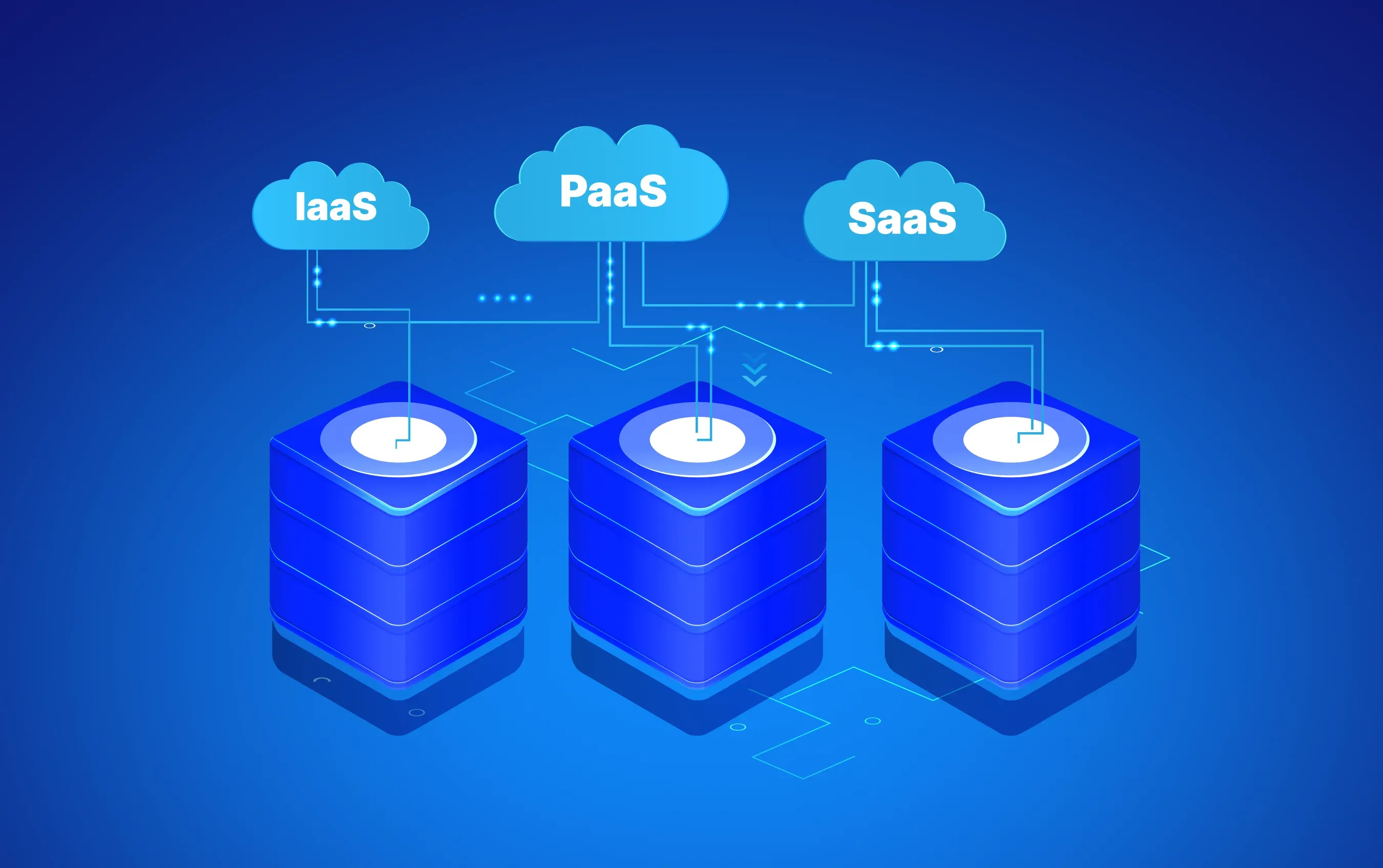A banking app is a digital platform that allows users to perform financial transactions, check account balances, transfer funds, pay bills, and more, all from their mobile devices. It provides a secure and convenient way for customers to manage their finances online.
Key features of a banking app typically include user authentication, account management, fund transfers, bill payments, transaction history, real-time notifications, and security measures like biometric authentication and encryption. Advanced features might also include financial planning tools, investment options, and customer support.
Security in a banking app is ensured through multiple layers of protection, including end-to-end encryption, secure login methods like biometric authentication and multi-factor authentication (MFA), regular security audits, and compliance with financial regulations such as PCI-DSS and GDPR. Additionally, implementing secure APIs and conducting penetration testing can help safeguard user data.
The technology stack for banking app development often includes React Native or native languages like Swift for iOS and Kotlin for Android for the frontend. Backend development might use frameworks like Node.js, Django, or Ruby on Rails. Databases such as PostgreSQL or MongoDB are commonly used for data storage, and cloud services like AWS or Azure provide scalable infrastructure.
UI/UX design is crucial in a banking app as it directly impacts user satisfaction and retention. A well-designed app should be intuitive, accessible, and easy to navigate, ensuring that users can perform tasks with minimal effort. It should also be responsive and provide a seamless experience across different devices.
Developing a banking app comes with challenges such as ensuring high-level security and compliance with financial regulations, integrating with various third-party services and APIs, maintaining performance and scalability, and meeting user expectations for a seamless and intuitive experience. Addressing these challenges requires careful planning, robust development practices, and continuous testing and updates.
Previous insight





